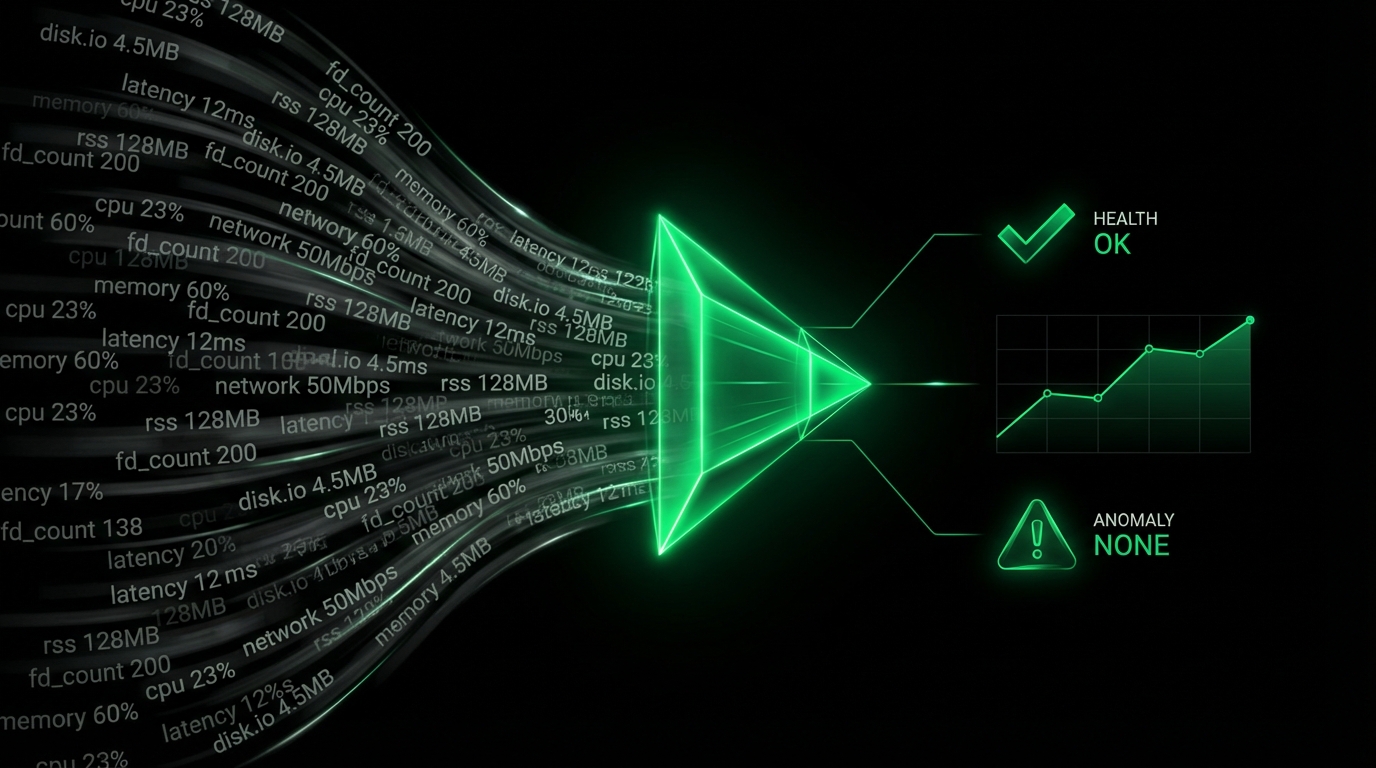Memcached (community) Monitoring
What Is Memcached?
Memcached is a high-performance, distributed memory caching system, designed to enhance dynamic web applications by reducing database load. It stores key-value data in memory to expedite retrieving commonly queried database information, thus boosting the efficiency of websites and applications.
Monitoring Memcached With Netdata
Monitoring Memcached is crucial to ensure your caching layer performs optimally and offers consistent responses. Netdata provides a seamless Memcached monitoring tool leveraging an OpenMetrics (Prometheus) exporter. This technology allows Netdata to collect and visualize Memcached data without needing an extensive Prometheus server setup.
Netdata excels by offering real-time insights and automating dashboards and alerts. With Netdata, you can effortlessly monitor Memcached and other systems through any Prometheus exporter to secure comprehensive observability across your infrastructure. Explore our Live Demo to see Netdata in action.
Why Is Memcached Monitoring Important?
Monitoring Memcached is essential to maintain efficient application performance and ensure that your caching layer appropriately handles demands. It allows you to swiftly identify any bottlenecks or issues in caching performance, reduce latency, and optimize resource utilization.
What Are The Benefits Of Using Memcached Monitoring Tools?
Memcached monitoring tools provide comprehensive visibility into caching operations, allowing your teams to preemptively address performance issues, analyze data trends, and optimize cache strategies. With Netdata’s Memcached monitoring, you gain a user-friendly interface that automates complex monitoring tasks, freeing more time to focus on optimizing business functionality.
Whether you’re a DevOps engineer, IT admin, or developer, optimizing cache performance is paramount for efficient system operations. Sign Up to Netdata to leverage advanced monitoring solutions for Memcached and keep your infrastructure in peak condition!
FAQs
What Is Memcached Monitoring?
Memcached monitoring involves tracking the performance of Memcached servers through metrics like cache hits/misses, memory usage, and connection statistics to ensure optimal resource management and application performance.
Why Is Memcached Monitoring Important?
It is vital as it helps in identifying and solving performance issues in the caching layer, ensuring applications run smoothly and efficiently while reducing database load and latency.
What Does A Memcached Monitor Do?
A Memcached monitor tracks various vital statistics related to cache performance, providing insights and alerts to help maintain optimal operations and quickly address potential issues.
How Can I Monitor Memcached In Real Time?
With Netdata, you can monitor Memcached in real time using a Prometheus exporter, enabling you to capture and visualize data continuously for immediate insights and decision-making.









